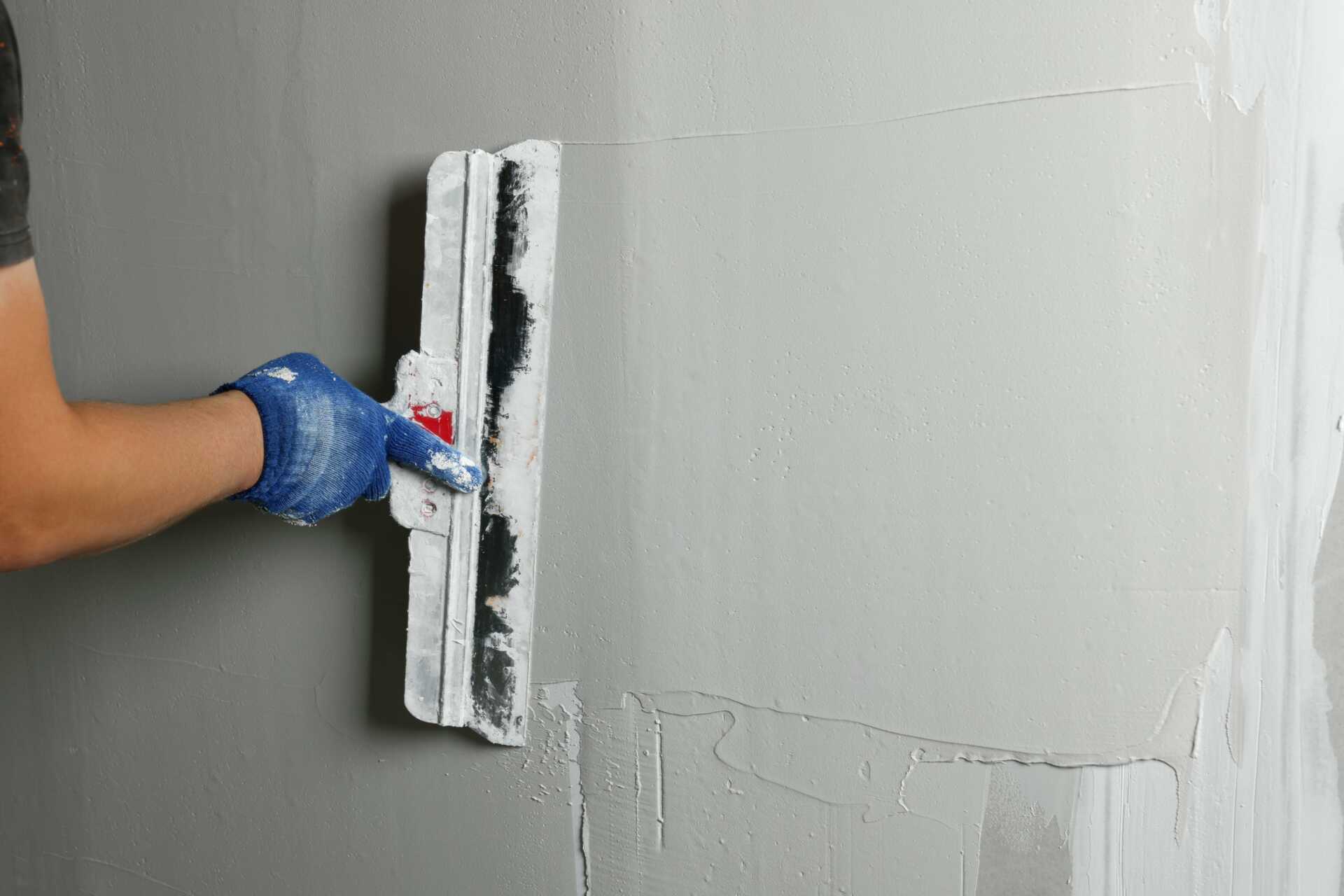Table of Contents
Mastering three fundamental techniques is essential if you desire a flawlessly smooth drywall finish. Each step plays a pivotal role in achieving professional results, from sanding to skim coating and feathering. Whether you’re a seasoned pro or a DIY enthusiast, understanding these techniques is vital for transforming rough drywall into a polished surface. So, let’s explore these techniques further and uncover the secrets to achieving that perfect finish on your drywall surfaces.
Key Takeaways
- Wet sanding with progressive grits for a polished finish.
- Skim coating with thin, even layers for flawless results.
- Feathering edges smoothly for seamless transitions.
- Using proper tools like sanding blocks and feathering knives.
- Working consistently and carefully to avoid uneven patches.
Sanding Techniques for Smooth Finish
Mastering the proper sanding techniques is essential to achieving a smooth drywall finish. There are two primary methods of sanding: wet sanding and using electric sanders. Wet sanding involves using a damp sponge or sandpaper to reduce dust while achieving a smooth surface. Electric sanders, such as orbital or detail sanders, can expedite the sanding process, especially for larger areas.
When sanding drywall, it’s important to use the right tools. Sanding blocks are excellent for hand sanding, providing a flat surface for consistent sanding pressure. Additionally, sandpaper grits play a significant role in achieving a smooth finish. Start with a coarser grit, such as 80 or 100, to smooth out imperfections and then progress to finer grits, like 120 or 150, for a polished result.
Proper technique is key to successful sanding. Hold the sanding tool firmly but not too aggressively against the drywall surface to avoid creating uneven patches. Work in a consistent back-and-forth motion, overlapping each pass slightly to ensure uniform sanding. Remember to periodically check the smoothness of the surface with your hand to detect any remaining imperfections.
Skim Coating for Flawless Results
Mastering the technique of skim coating is crucial for achieving flawless results when finishing drywall surfaces. Skim coating involves applying a thin layer of joint compound over the entire surface to create a smooth and uniform finish.
The benefits of skim coating are numerous, including the ability to hide imperfections, create a smooth and consistent look, and provide a perfect base for painting or wallpapering.
To ensure success with skim coating, start by preparing the surface properly. Clean the drywall thoroughly, repair any cracks or holes, and sand down any rough areas. Once the surface is ready, mix the joint compound to a creamy consistency for easier application.
Use a wide drywall knife to apply the compound in thin, even layers, working in different directions to ensure full coverage.
When skim coating, remember to work efficiently as the compound dries quickly. Avoid overworking the compound, as this can lead to a rough texture. If needed, sand the dried compound lightly between coats to achieve a smoother finish.
To prevent cracking and achieve a professional result, it’s crucial to apply multiple thin coats rather than one thick layer.
Feathering for Seamless Drywall Finish
Achieving a flawless drywall finish requires mastering the technique of feathering joint compounds along the edges. Feathering edges is the process of blending joint compound smoothly from the center of a repair towards its outer edges, creating a smooth shift between the patch and the existing wall. This method is essential for achieving a professional-looking finish that smoothly integrates with the surrounding surface. To master this technique effectively, using the right tools and having a steady hand is essential.
When feathering edges, it’s important to blend the colors of the joint compound to match the existing wall seamlessly. Here’s a helpful table to guide you on the tools required for feathering edges:
| Tools | Description | Usage |
|---|---|---|
| Feathering Knife | Long, flexible blade | Spreading compound smoothly |
| Sanding Block | Fine-grit sandpaper attached | Smoothing rough edges |
| Drywall Sponge | Soft and absorbent | Blending compound evenly |
| Corner Trowel | Angled blade | Applying compound in corners |
Wrap-Up
You’ve now mastered the essential techniques for achieving a smooth drywall finish.
By applying these techniques with precision and attention to detail, you can achieve a professional finish on your drywall surfaces.
Keep practicing and refining your skills to create smooth, polished walls in your home.
